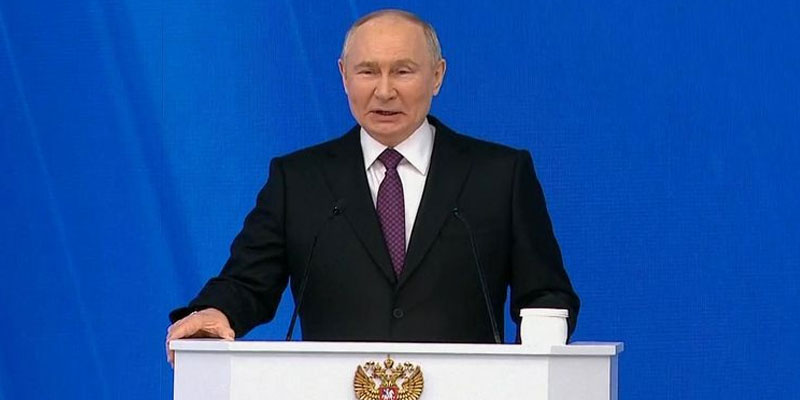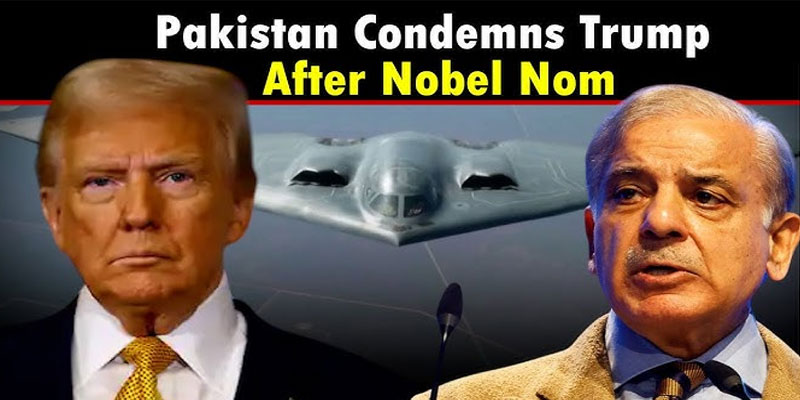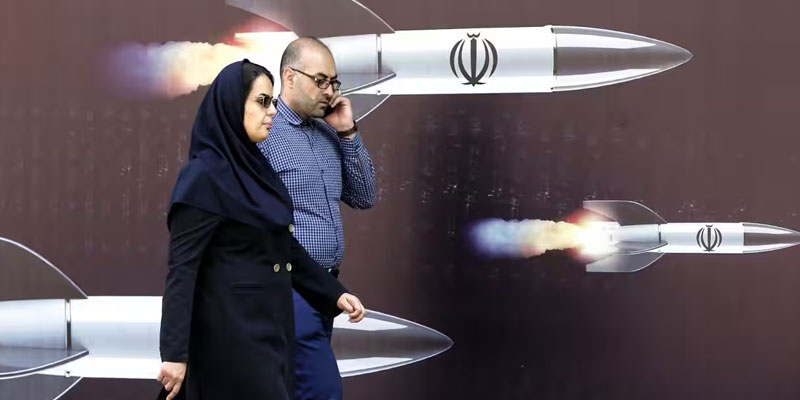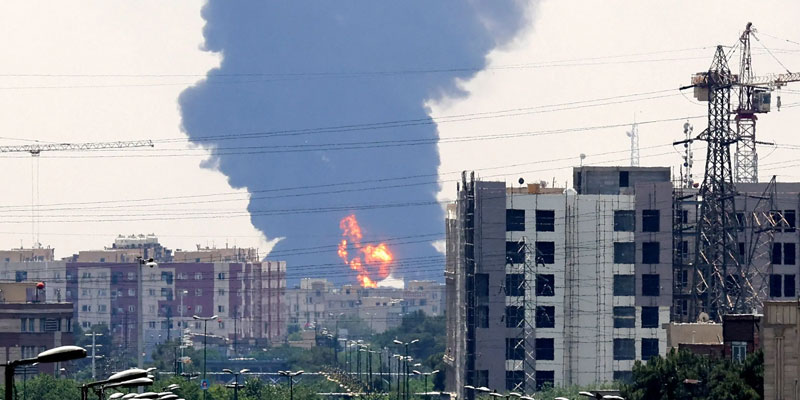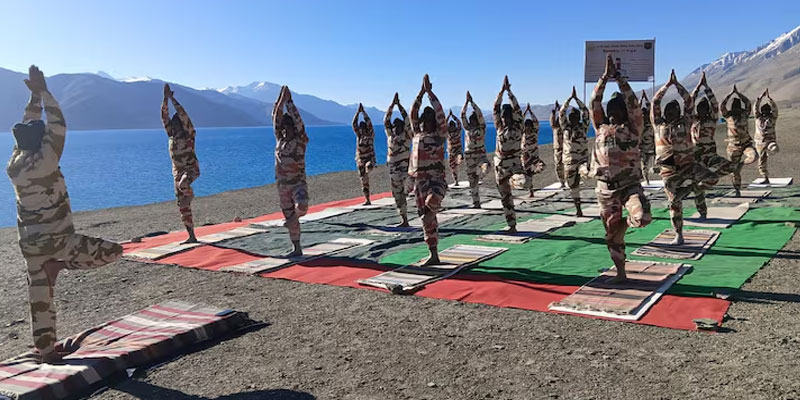Immigration Raids, Fiery Protests, Guards on Streets
Federal immigration arrests in Los Angeles have sparked citywide protests, freeway blockades, and violent clashes with law enforcement. As tensions boiled over, President Donald Trump bypassed California Governor Gavin Newsom to deploy 2,000 National Guard troops under federal control—a move that escalated political and civil unrest in one of the country’s largest cities.
Why Los Angeles Is Boiling
The latest unrest in Los Angeles stems from a wave of sudden immigration enforcement raids by U.S. Immigration and Customs Enforcement (ICE). The raids targeted individuals suspected of using false documentation in various workplaces. While officials claimed the operations were legal and focused, the community response was swift and furious.
Protesters flooded city streets, condemning what they described as an inhumane and politically motivated crackdown. What began as localized demonstrations quickly morphed into mass mobilizations across the city, with protesters blocking highways, setting fire to vehicles, and clashing with riot police. The situation intensified when Trump took the rare and controversial step of federalizing the National Guard—sidestepping state authority altogether.
From Raids to Rage: How the Crisis Unfolded
It began with Friday’s ICE operations in areas like the Fashion District and a Home Depot parking lot in Paramount. Arrests were made at several locations, including a doughnut shop and warehouse. Videos of federal agents confronting civilians went viral, fueling anger and mistrust. Crowds swarmed ICE locations, chanting slogans and blocking official vehicles. “ICE out of Paramount. We see you,” a protester shouted.
By Sunday, major arteries like the 101 Freeway were shut down by demonstrators, forcing law enforcement to declare unlawful assemblies. Clashes erupted; tear gas and rubber bullets were deployed. Arrests followed—among them, David Huerta, regional president of the Service Employees International Union.
Federal officials confirmed 118 arrests, with 44 coming from Friday’s operations alone. Five detainees were said to have gang affiliations, but critics argue the raids disproportionately targeted workers, not criminals. Among those arrested were eight U.S. citizens accused of obstructing ICE activity.
Trump Bypasses Newsom: Title 10 and the National Guard
The constitutional flashpoint came Saturday night. Using Title 10 of the U.S. Code, Trump authorized the deployment of 2,000 National Guard troops to Los Angeles County—without the consent of Governor Newsom. Title 10 allows the president to place National Guard units under direct federal command during emergencies threatening national security or federal authority.
The Guard, typically mobilized by state governors during natural disasters or public emergencies, now finds itself in the middle of an immigration crackdown. The troops will remain federally controlled for 60 days unless withdrawn earlier by the Secretary of Defense.
Trump, in a Truth Social post, defended the move as essential: “If Governor Gavin Newscum, of California, and Mayor Karen Bass, of Los Angeles, can’t do their jobs... the Federal Government will step in and solve the problem—RIOTS & LOOTERS, the way it should be solved!!!”
What Is the National Guard—And Why Does It Matter?
The National Guard serves both federal and state governments and is often called in to manage crises—ranging from hurricanes to civil unrest. When federalized, as it was during the George Floyd protests and January 6th Capitol riots, the Guard assumes roles more aligned with military enforcement.
Comprised of nearly 420,000 reservists nationwide, the Guard represents a powerful tool of domestic power. However, its federal use against civilians—especially during politically charged moments—raises serious concerns about the militarization of civil disputes and states’ rights.
Reactions from California and Beyond
The political blowback was immediate. Governor Gavin Newsom called Trump’s move a “serious breach of state sovereignty” and warned it would escalate tensions. “This is a purposeful provocation that erodes trust and inflames unrest,” Newsom said during a press briefing.
Los Angeles Mayor Karen Bass echoed that sentiment, blaming the federal government for inciting fear. “When you raid workplaces and separate families in broad daylight, don’t be surprised when the streets respond,” she said.
California Congresswoman Maxine Waters went further, accusing Trump of using immigration as a political weapon. “I think he’s up to creating martial law,” she declared on national television.
Former Vice President Kamala Harris also weighed in: “This is a cruel and calculated attempt to divide our communities through fear and force. Deploying troops in our neighborhoods is not leadership—it’s authoritarianism.”
Despite these statements, Trump’s administration has given no indication of reversing course. In fact, Defense Secretary Pete Hegseth stated that active-duty Marines could be considered if the violence continues.
A Nation at a Crossroads
The chaos in Los Angeles is more than a local crisis—it’s a national flashpoint. What began as immigration enforcement has exploded into a confrontation over federal authority, civil liberties, and the meaning of American democracy. The use of military force in a sanctuary city, bypassing state leadership, raises unsettling questions about the balance of power and the future of protest in the United States.
In this volatile moment, the stakes are higher than immigration policy. They cut to the heart of federalism, civil dissent, and the country’s identity. As the dust settles—if it does—America must reckon with the deeper message etched in fire, fury, and protest: the people are watching, and the world is too.
(With agency inputs)



